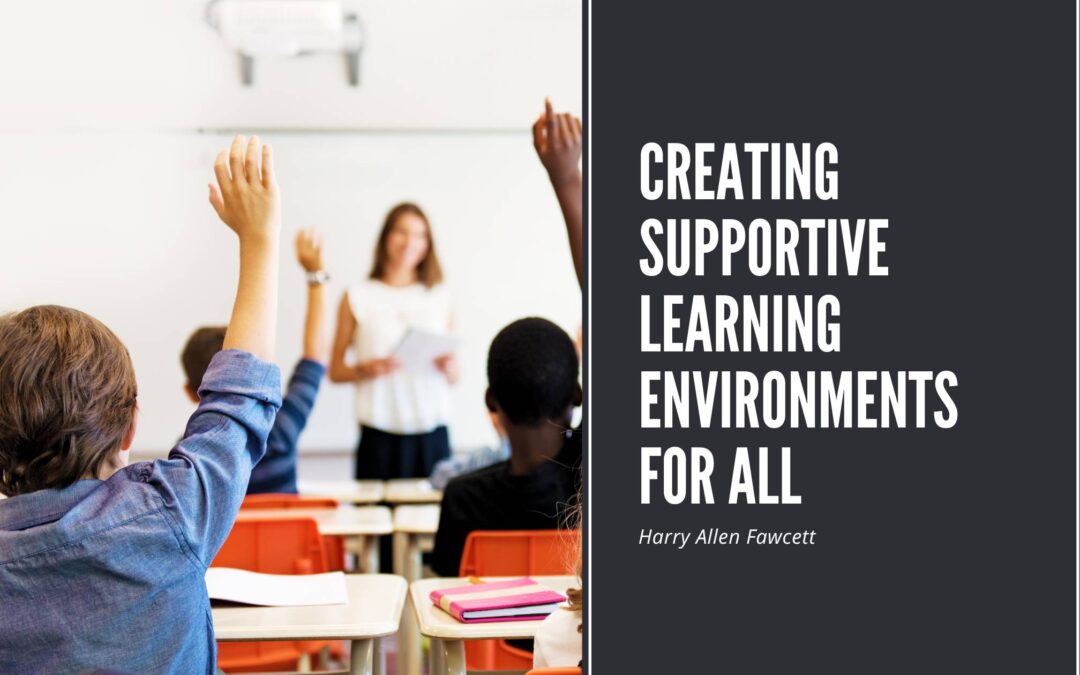A supportive learning environment is crucial for the success and well-being of students. It fosters a sense of belonging, promotes positive interactions, and encourages optimal learning outcomes. As educators, we are responsible for creating inclusive and supportive environments that meet the diverse needs of all learners.
Establish Clear Expectations: Communicate your expectations for behavior, participation, and respect. This helps create a sense of structure and safety within the learning environment.
Foster Positive Relationships: Build positive relationships with your students based on trust, respect, and empathy. Get to know them individually, show interest in their lives, and support their educational journey.
Encourage Collaboration: Encourage student collaboration by incorporating group work and team-building activities. Collaborative learning fosters a sense of community and encourages students to learn from one another.
Create a Safe Physical Space: Arrange the classroom layout to be inclusive and accessible for all students. Ensure adequate space for movement and consider the needs of students with physical disabilities.
Embrace Diversity and Inclusion: Celebrate diversity and create an inclusive environment where all students feel valued and respected. Incorporate diverse perspectives, cultures, and backgrounds into your curriculum and classroom discussions.
Provide Individualized Support: Recognize that students have different learning styles and abilities. Offer individualized support and resources to help students succeed academically and emotionally.
Practice Active Listening: Listen to your students, validate their experiences, and respond empathetically. Encourage open communication and create opportunities for students to express their thoughts and concerns.
Encourage Risk-Taking: Foster a growth mindset by encouraging students to take risks and embrace challenges. Create an environment where mistakes are seen as opportunities for growth and learning.
Offer Constructive Feedback: Provide constructive and specific feedback to help students improve their skills and knowledge. Focus on their efforts and progress, and offer guidance for further development.
Promote Student Autonomy: Encourage students to take ownership of their learning by providing choices and opportunities for self-directed exploration. Foster independence and help students develop critical thinking and problem-solving skills.
Cultivate a Sense of Belonging: Create a classroom culture where all students feel a sense of belonging and acceptance. Incorporate inclusive language, encourage peer support, and address any instances of bullying or exclusion.

